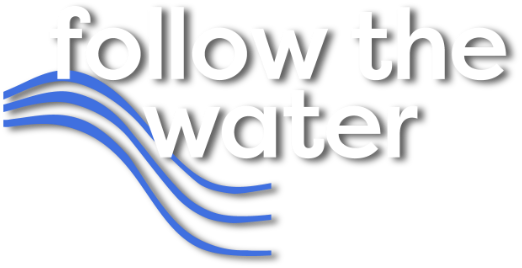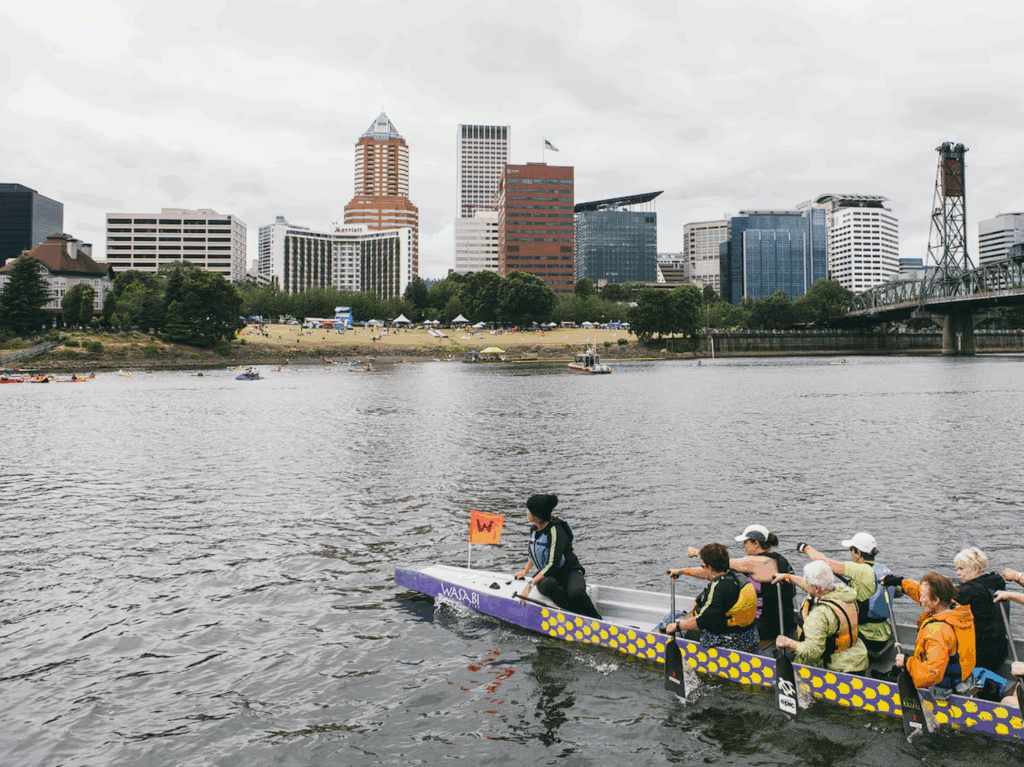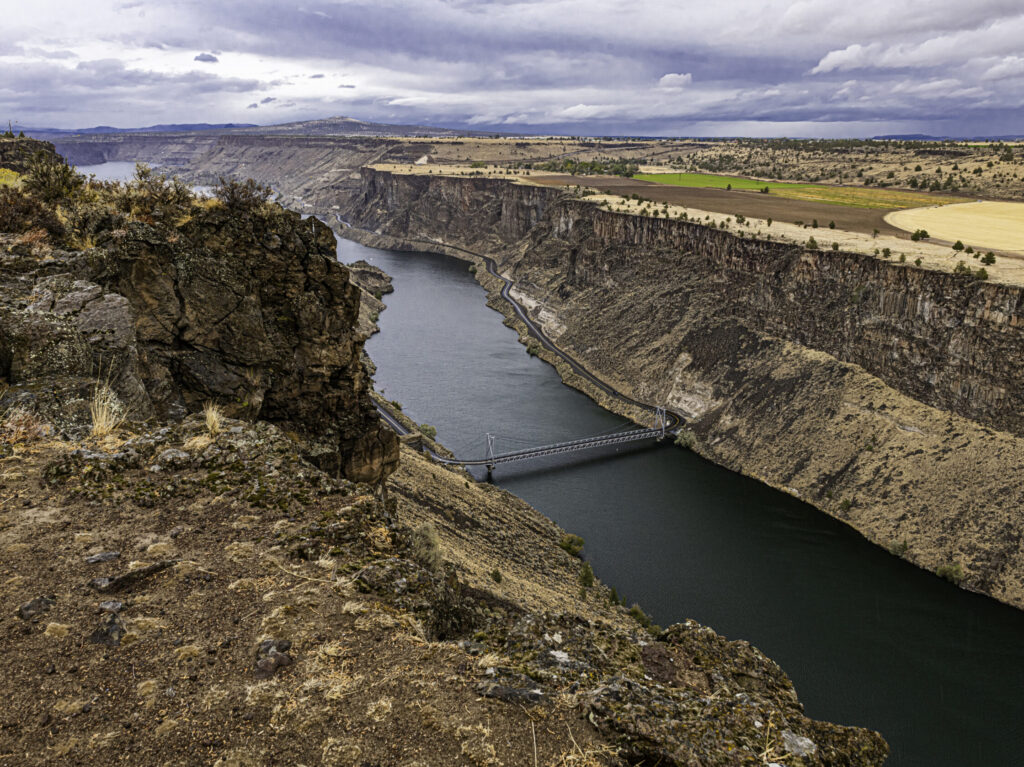Oregon Water Stories: Clatsop County
Author
Posted
Share

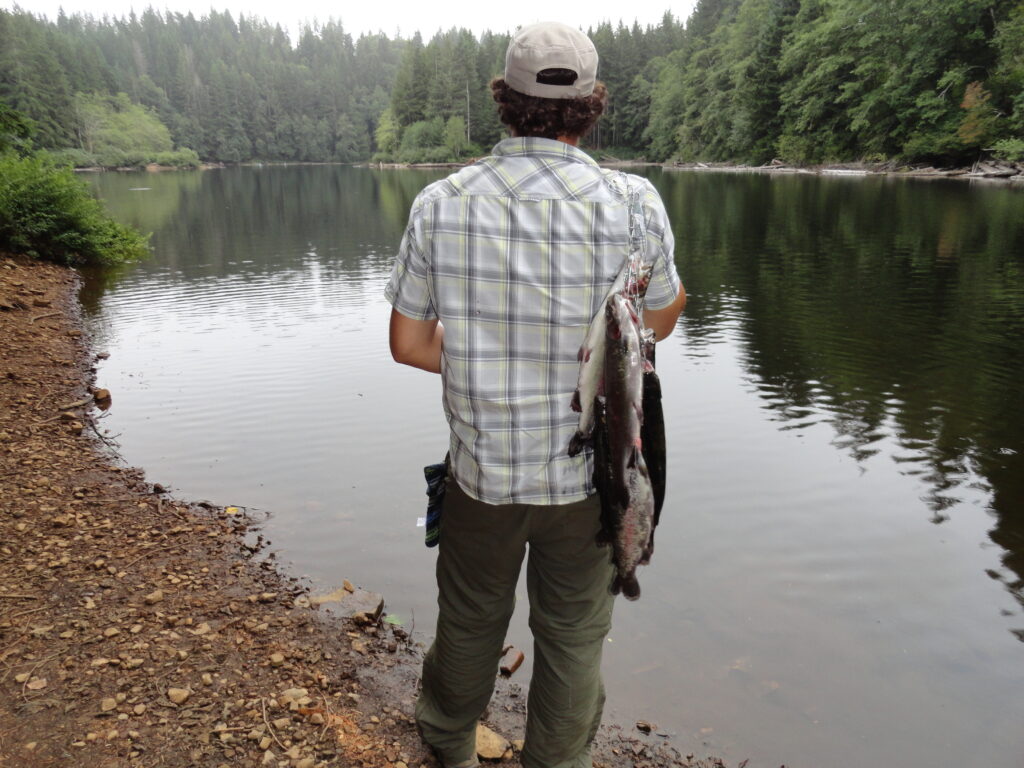
Oregon Water Stories is a project of PSU Professor Melissa Haefner’s freshman inquiry class, running from 2018 to present. The goal of the project is to gather stories from around the state of Oregon that relate to the modern relationship between humans and water. Haefner’s 2023 class wrote profiles on various Oregon counties that explored the different water challenges being tackled around the state. The following profile from one of Haefner’s students has been abridged and revised, with permission, for sharing here.
June 2023
Clatsop County is a coastal county in the northwest corner of Oregon, with a population of about 41,000 people. It is home to the historic city of Astoria, the oldest American settlement west of the Rockies, and the location of the Lewis and Clark Expedition’s winter camp. Clatsop County offers stunning views of the Pacific Ocean, which borders its entire western edge. Since it borders the ocean a major part of the county’s economy comes from commercial fishing. One problem that has come up for fishermen, crabbers, and residents alike is the microplastic pollution found in the Pacific Ocean.
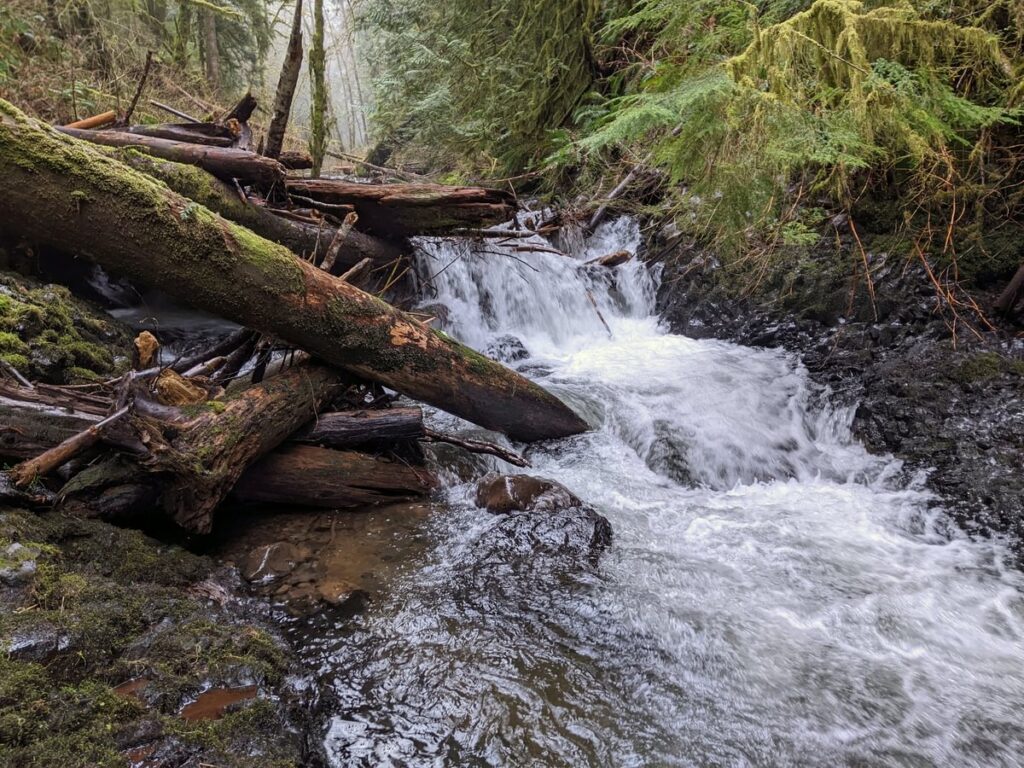
Microplastics are defined as plastic particles less than 5 millimeters in diameter, or smaller than a grain of rice. They can come from various sources, such as cosmetics, clothing, fishing gear, or water bottles. They can also travel long distances through water, wind, or animals. Microplastics have been found in almost every environment on Earth, from the deepest oceans to the highest mountains. They can also enter our food chain and our bodies through ingestion or inhalation. The effects of microplastics on wildlife and human health are still unclear, but they are likely to be harmful and long-lasting. In this website, we will explore the issue of microplastic pollution in Clatsop County, Oregon.
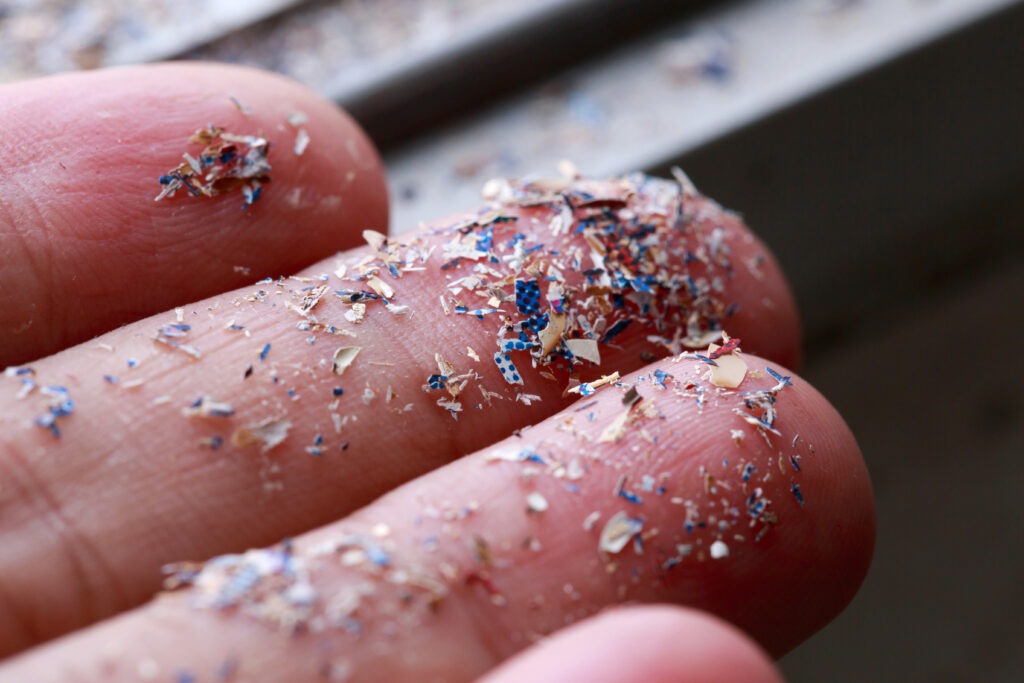
Microplastics can enter the waterways of Clatsop County through various pathways, such as stormwater runoff, wastewater discharge, littering, and beach erosion. Stormwater runoff can carry microplastics from urban areas, roads, and agricultural fields into rivers and streams that flow into the Pacific Ocean. Wastewater discharge can release microplastics from synthetic fibers that are shed during washing clothes or from personal care products that contain microbeads. Littering can introduce macroplastics that can break down into microplastics over time due to exposure to sunlight, waves, and abrasion. Beach erosion can also release microplastics that are buried in the sand or trapped in seaweed. These microplastics can then be transported by currents and tides along the coast or offshore, affecting marine life and human health.
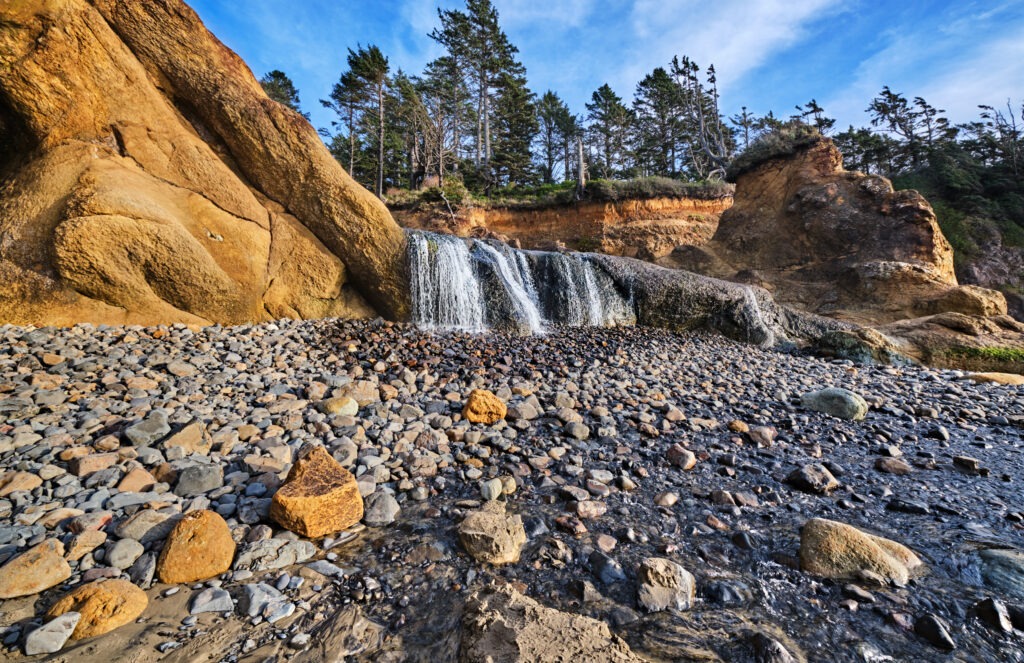
There are actions we can take at individual, community, and policy levels to reduce microplastic pollution. At home we can help reduce our own exposure by not microwaving food in plastic containers and replacing plastic and non-stick cooking implements with other materials as we are able. We can take the time to research microplastics and take steps where possible to lessen the amount of microplastics our households produce. At a community level, we can help clean trash from our natural areas, especially around waterways, with special attention given to cigarette butts, which make up the most common plastic litter on beaches (smokers can come out ahead by not dropping butts on the ground in the first place). Check out the Follow the Water website for more ideas on Everyday Action and Volunteering opportunities in Oregon. Finally, we can push for policies that effectively tackle the problem of microplastics and let our representatives know that the issue is important to us. By working together, we can protect our environment, our health, and our crabbing heritage.

Related Posts
Oregon Water Stories: Multnomah County
Oregon Water Stories is a project of PSU Professor Melissa Haefner’s freshman inquiry class, running…
Celebrating Earth Day 2025
Happy Earth Day 🌎 🌍 🌏 You can make an impact today—and every day—by connecting…
Oregon Water Stories: Jefferson County
Oregon Water Stories is a project of PSU Professor Melissa Haefner’s freshman inquiry class, running…
